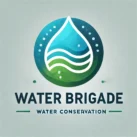educational institues
Promoting water-saving awareness in the educational sector is vital for cultivating a culture of conservation among students and staff. Here are some practical ways schools and universities can integrate water conservation, protection, and management practices into their operations and culture:
Classrooms:
In classrooms and common areas, small steps can foster an appreciation for water safeguarding. Displaying posters and signs near sinks and water fountains reminding students for mindful use of water can make a difference. Installing low-flow faucets and motion-activated taps helps reduce unnecessary water use, and regularly inspecting for leaks in these areas reinforces the importance of water management. Integrating water conservation topics into science, geography, and environmental studies curricula allows students to understand the importance of protecting water resources from an academic perspective, instilling long-lasting water awareness.
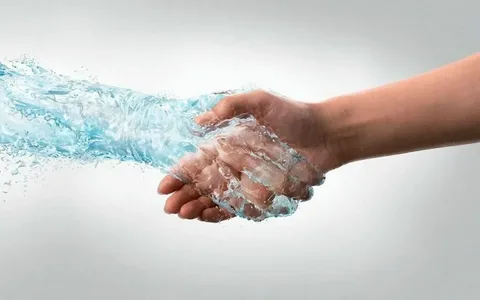
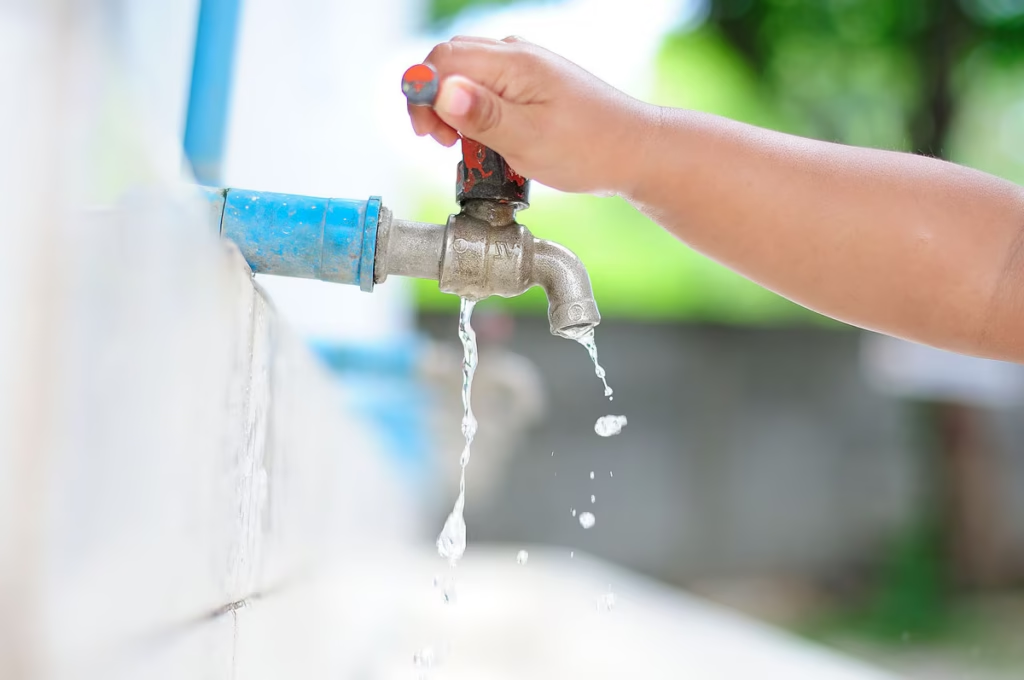
Cafetarias:
In cafeterias and dining areas, responsible utilization is crucial. Schools can install water-saving devices on kitchen taps and train kitchen staff for consumption minimization while cleaning and preparing food. Reusable utensils, plates, and cups can also reduce water used for washing dishes. Encouraging students to pour only the amount of water they plan to drink and providing refillable water stations can further support water conservation efforts while promoting hydration management and health.
Outdoor settings:
Outdoor spaces at schools are another opportunity for water-saving initiatives. Managing outdoor water use by watering gardens, lawns, or sports fields only during the early morning or late evening minimizes water loss due to evaporation. Schools can also create rain gardens or install rainwater collection systems to harness natural water sources, which can be used for irrigation and even as educational tools for students studying conservation.
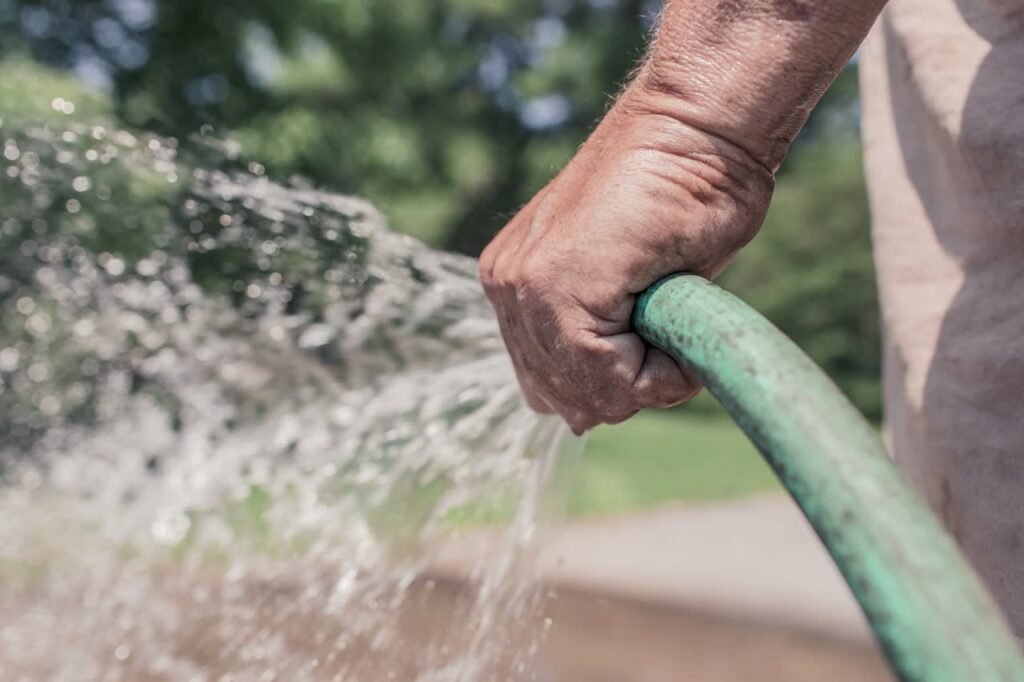
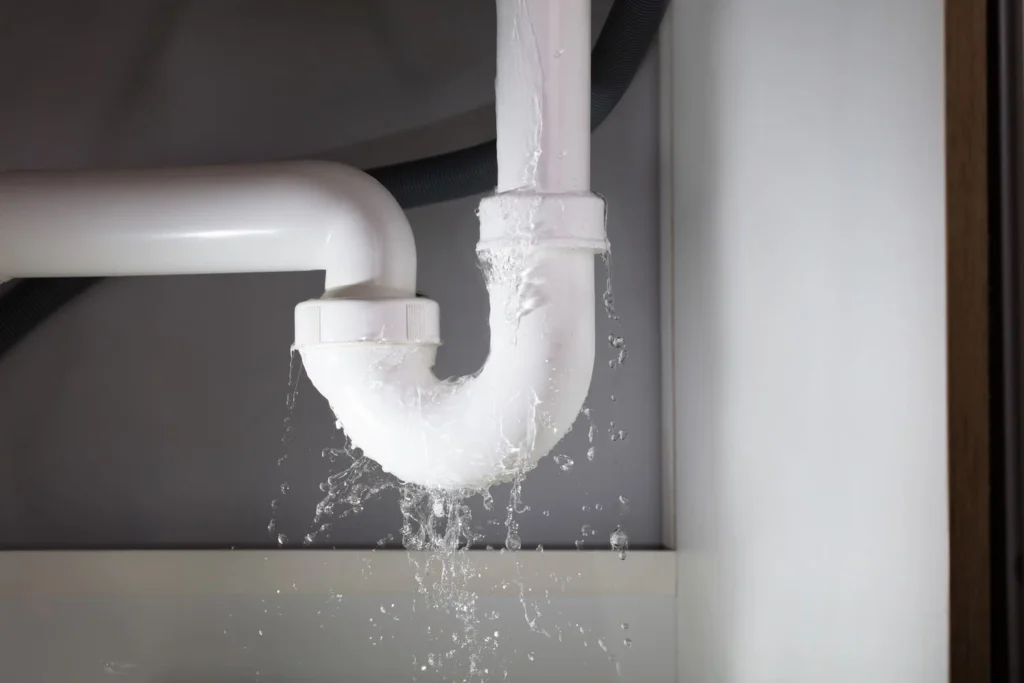
Sports arenas:
In sports facilities, where water usage tends to be higher, schools can implement several water-saving measures. For example, installing low-flow showerheads and automatic shut-off faucets in locker rooms helps manage water more effectively. Regularly checking for and repairing leaks ensures that water isn’t wasted due to overlooked issues.
Water-saving clubs:
Finally, creating a school-wide water conservation plan can unify efforts. This could include student-led campaigns, guest speakers, or workshops on water stewardship and protection. Schools can also establish water conservation clubs, allowing students to actively participate in water-saving projects and serve as ambassadors for water management. These activities foster a collective sense of responsibility and enable students to carry these habits into their communities.

